Bruises are dermal manifestations induced by trauma, primarily an impact. The phenomenon has been prevalent from an early age. Typically, bruises appear as blemishes on the skin, exhibiting dark blue or navy blue coloration. They most frequently arise from mechanical trauma, such as a fall from a height, sprain, or blow. Unlike bloody lesions several millimeters long, bruises are usually a centimeter or more in diameter.
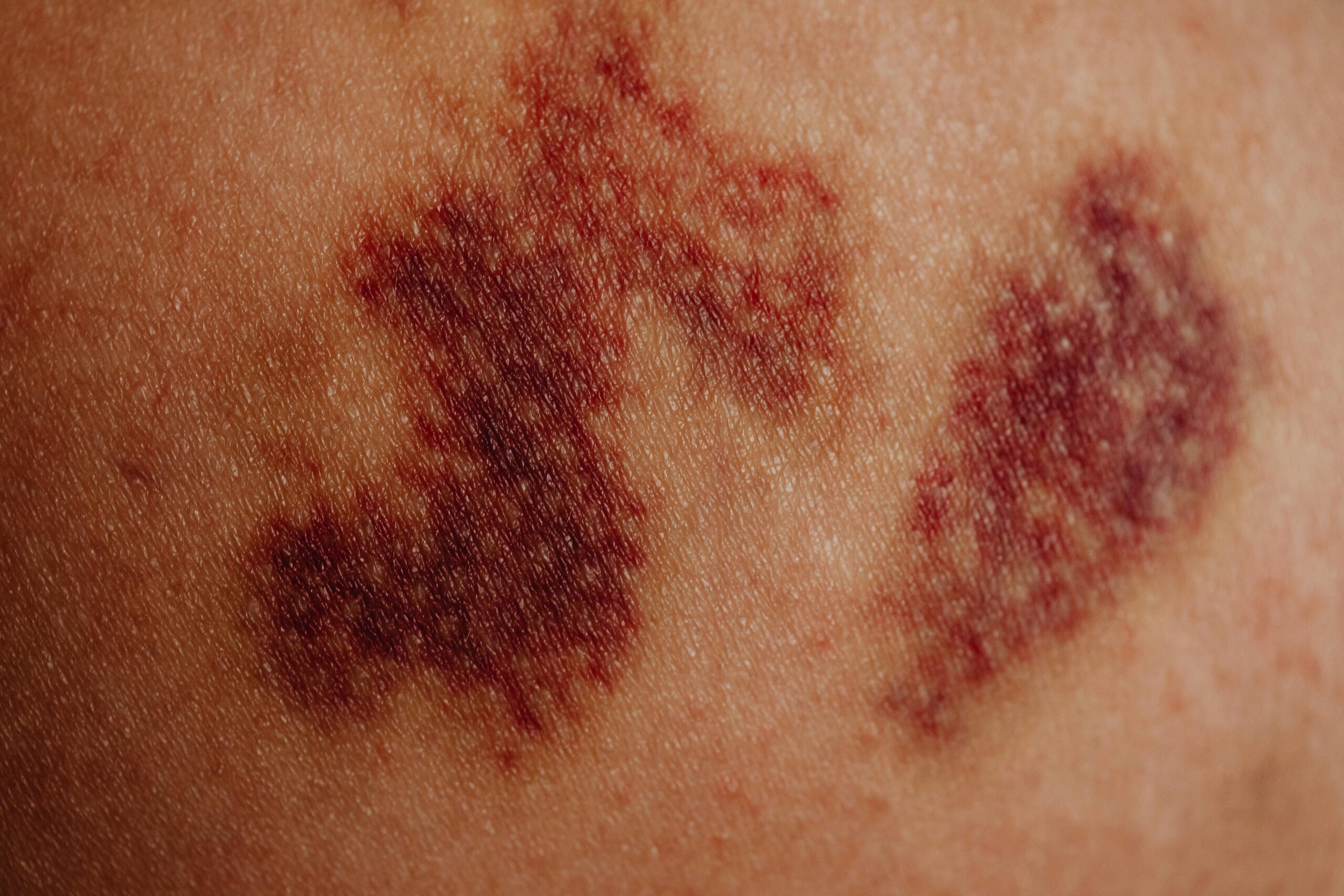
A bruise![]() occurs due to minor hemorrhages caused
occurs due to minor hemorrhages caused![]() by damaged subcutaneous blood vessels. The cause of such bruises is typically evident and can be attributed to minor injuries or contusions frequently experienced in everyday life. However, in some individuals, particularly women, blood vessels may be more susceptible to damage and can rupture even during minor injuries.
by damaged subcutaneous blood vessels. The cause of such bruises is typically evident and can be attributed to minor injuries or contusions frequently experienced in everyday life. However, in some individuals, particularly women, blood vessels may be more susceptible to damage and can rupture even during minor injuries.
If an individual frequently experiences unexplained bruises that persist for an extended duration, they must not be ignored. Apart from being aesthetically displeasing, such bruises can also be an underlying medical condition indication that requires attention.
Moreover, certain medications, such as corticosteroids or anticancer drugs, can cause bruises to appear on the body. Therefore, if one is unsure about the cause of their bruises, it is advisable to consult a medical professional. However, it is crucial to note that discontinuing prescribed medication without medical advice can have severe adverse health consequences.
The most common cause of bruises appearing on the body for no apparent reason is blood disorders![]() . Susceptibility to bruising may result from anemia due to iron, vitamin B12, or folic acid deficiency, but also from platelet deficiency (thrombocytopenia), often resulting from past infections. In rare cases, the tendency to bruise is a symptom of cancer, especially leukemia.
. Susceptibility to bruising may result from anemia due to iron, vitamin B12, or folic acid deficiency, but also from platelet deficiency (thrombocytopenia), often resulting from past infections. In rare cases, the tendency to bruise is a symptom of cancer, especially leukemia.
Bruising tendency is a common characteristic of patients diagnosed with hemophilia and von Willebrand's disease. Additionally, liver failure, which leads to the impairment of proteins involved in blood clotting, can also cause bruising. Vitamin K deficiency is another cause of bruises since it is vital in synthesizing certain clotting factors. Medications that affect blood clotting, such as vitamin K antagonists, acetylsalicylic acid, and ticlopidine, can also result in spontaneous bruising.
Moreover, excessive fragility of blood vessel walls can also lead to bruises. The hands and forearms are more susceptible to vessel cracks, especially in older individuals. This issue might have a genetic basis and can be exacerbated by smoking, alcohol abuse, and the use of certain medications, such as glucocorticosteroids.
The fragility of vessels may result from vitamin C and rutin deficiencies, so diversifying your diet with products rich in these nutrients is worth diversifying. Blood vessels are more susceptible to rupture in women during menstruation, so the increased susceptibility to bruising is easily explained.
Spontaneous bruising, especially on the legs, may also result from vascular disorders![]() . These are several diseases involving congenital and acquired damage to blood vessels. These include diseases of a genetic origin and inflammation of blood vessels and purpura caused by infections or drug-induced purpura.
. These are several diseases involving congenital and acquired damage to blood vessels. These include diseases of a genetic origin and inflammation of blood vessels and purpura caused by infections or drug-induced purpura.
Individuals with vitamin deficiencies![]() , particularly vitamin C, may be susceptible to easy bruising. This vitamin plays a significant role in reinforcing the walls of blood vessels, thus rendering them resilient to rupture. Bruises may also manifest as a symptom of vitamin K deficiency, which, like vitamin C, is essential for maintaining the integrity of blood vessels. The tightness of blood vessels is also affected by vitamin PP. Ensure the body receives adequate amounts of these substances to maintain optimal vascular health.
, particularly vitamin C, may be susceptible to easy bruising. This vitamin plays a significant role in reinforcing the walls of blood vessels, thus rendering them resilient to rupture. Bruises may also manifest as a symptom of vitamin K deficiency, which, like vitamin C, is essential for maintaining the integrity of blood vessels. The tightness of blood vessels is also affected by vitamin PP. Ensure the body receives adequate amounts of these substances to maintain optimal vascular health.
The appearance of bruises may also be one of the symptoms of liver disease![]() . Spontaneous bruising on the lower limbs accompanied by swelling may be a symptom of primary liver cirrhosis. Other symptoms of this disease include jaundice, bleeding gums and nose, and in advanced stages also ascites.
. Spontaneous bruising on the lower limbs accompanied by swelling may be a symptom of primary liver cirrhosis. Other symptoms of this disease include jaundice, bleeding gums and nose, and in advanced stages also ascites.
Bruising may also be a sign of kidney problems![]() . If, in addition to bruising, you complain of fatigue and weakness, as well as loss of appetite, headaches, hypertension, insomnia, itchy skin, and rash, be sure to consult a doctor. These symptoms may or may not indicate kidney failure.
. If, in addition to bruising, you complain of fatigue and weakness, as well as loss of appetite, headaches, hypertension, insomnia, itchy skin, and rash, be sure to consult a doctor. These symptoms may or may not indicate kidney failure.
Anemia![]() is a medical condition closely linked to iron deficiency or vitamin B12, both of which are hematopoietic factors. The insufficiency of these micronutrients leads to a reduction in hemoglobin, red blood cells, and platelet levels, which can result in clotting disorders. A common manifestation of this condition is the appearance of bruises on the body that may not have a discernible cause.
is a medical condition closely linked to iron deficiency or vitamin B12, both of which are hematopoietic factors. The insufficiency of these micronutrients leads to a reduction in hemoglobin, red blood cells, and platelet levels, which can result in clotting disorders. A common manifestation of this condition is the appearance of bruises on the body that may not have a discernible cause.
The symptoms of anemia are varied and include general weakness, pale and dry skin, and reduced appetite and energy. These symptoms may manifest in individuals who are experiencing anemia due to the deficiency of the aforementioned micronutrients. It is crucial for individuals who experience these symptoms to consult with a medical professional to diagnose and treat the condition accurately.
Large amounts of bruises and petechiae may also be one of the symptoms of leukemia![]() developing in the body. It is not the only sign. The symptoms of this disease also include frequent infections, fatigue, bone pain, itchy skin, and pale complexion. It is a severe condition, so any disturbing symptoms should not be underestimated.
developing in the body. It is not the only sign. The symptoms of this disease also include frequent infections, fatigue, bone pain, itchy skin, and pale complexion. It is a severe condition, so any disturbing symptoms should not be underestimated.
To sum up, the risk of bruising on the body increases with:
Children![]() are most susceptible to bruising. They are subject to various types of falls and impacts. Generally, hematomas are not life-threatening and most often absorb naturally. The only problem may be a high tendency to bruise, especially in locations where they can get into the tissues. For example, bruises under the eye may “drain” into the sinuses and cause blood and pus to accumulate.
are most susceptible to bruising. They are subject to various types of falls and impacts. Generally, hematomas are not life-threatening and most often absorb naturally. The only problem may be a high tendency to bruise, especially in locations where they can get into the tissues. For example, bruises under the eye may “drain” into the sinuses and cause blood and pus to accumulate.
If a child has any of the bruising symptoms, consult the doctor. The spontaneous appearance of subcutaneous hematomas on the body may be a symptom of vitamin C deficiency. Still, also of more serious diseases, such as hemophilia, or in extreme cases, they may be one of the symptoms of leukemia.
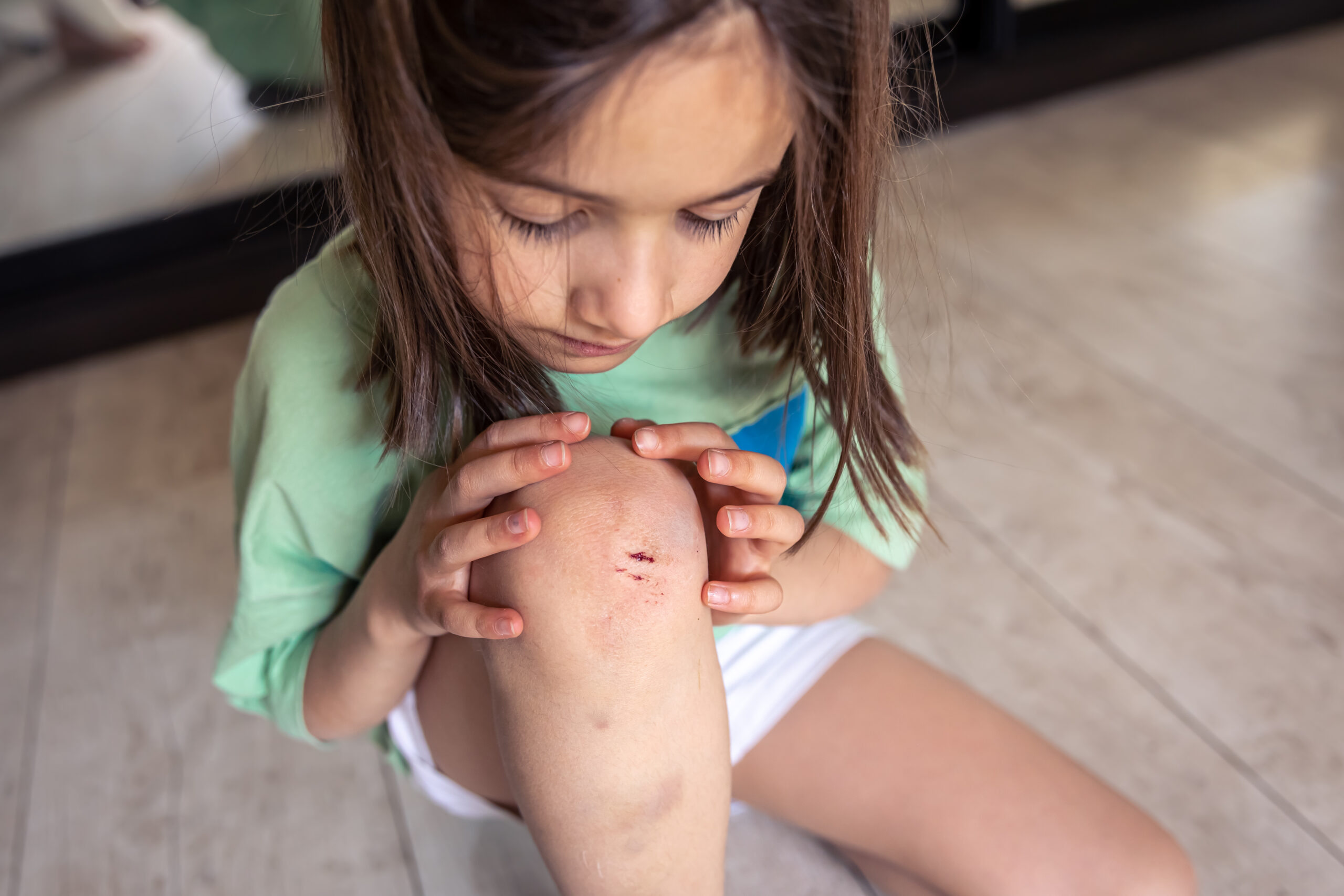
Contusions are a common consequence of physical trauma and are generally harmless. These lesions pose no significant medical consequences beyond a cosmetic impairment that resolves when the bruise subsides. As such, they seldom necessitate medical intervention. However, certain conditions may warrant a visit to a medical professional. For instance, a doctor's consultation may be advisable if an individual manifests frequent contusions that cannot be traced back to a specific injury.
Further, in cases where contusions emerge after minor injuries that typically do not result in bruises, it is recommended that the individual exercise caution. Such circumstances necessitate monitoring of the coagulation system to eliminate the possibility of reduced blood clotting and bleeding disorders. As such, routine blood counts and, potentially, clotting times are typically assessed.
It is also crucial to differentiate contusions from other similar skin lesions. The blueish hue of a limb or a portion of it is more indicative of peripheral cyanosis. However, widespread and regular changes on the skin may suggest a rash. Discuss these conditions with a medical professional.
The first thing about treating bruises is to prevent them from occurring. The injury itself cannot usually be predicted (unless we practice some sport, and then we can think about protectors for exposed body parts). However, you can act after the injury to reduce or completely prevent the formation of a bruise.
Home remedies are a useful option for treating bruises. The first step in the treatment process involves cooling the affected area![]() , which helps to reduce the blood supply and slow down the blood flow. Applying light pressure
, which helps to reduce the blood supply and slow down the blood flow. Applying light pressure![]() to the area can also help achieve this outcome. Individuals who engage in sports or other physical activities that carry a risk of injury can benefit from cooling preparations for bruises that are available in the form of ointments or sprays. These products provide a quick and effective way to treat hematomas, sprains, and bruises, in addition to reducing swelling and providing an analgesic effect.
to the area can also help achieve this outcome. Individuals who engage in sports or other physical activities that carry a risk of injury can benefit from cooling preparations for bruises that are available in the form of ointments or sprays. These products provide a quick and effective way to treat hematomas, sprains, and bruises, in addition to reducing swelling and providing an analgesic effect.
In the absence of cooling gels or ointments, special gel dressings that are cooled in a refrigerator can be used. Alternatively, a compress made from any cooled or frozen object can be used to address the bruising. It is important to note that these objects should not be placed directly on the skin to prevent further injury.
In summary, home remedies are a viable option for treating bruises, with cooling a significant component of the treatment process. Individuals who participate in activities that increase their risk of injury can benefit from using cooling preparations for bruises. Additionally, gel dressings and compresses made from cooled or frozen objects can be used as alternatives without cooling gels or ointments.
The pharmacy offers many remedies to help eliminate bruises. Most often, they come in balms, creams, gels, and bruise ointments. They include:
Bruises on the body can be effectively alleviated using natural methods. In case of minor changes, you do not have to run to the pharmacy to buy appropriate ointments immediately. Although bruises disappear on their own after some time, home remedies for bruises will effectively soothe the affected area on the skin and the associated discomfort.
Cold compresses![]() are among the most commonly used remedies for reducing the appearance of bruises. These can be attained from pharmacies ice cubes wrapped in a cloth or even frozen food from the freezer. Alternatively, a cool towel may be employed. Applying such a compress immediately following an injury can help minimize the risk of swelling while reducing the visibility of resulting bruises.
are among the most commonly used remedies for reducing the appearance of bruises. These can be attained from pharmacies ice cubes wrapped in a cloth or even frozen food from the freezer. Alternatively, a cool towel may be employed. Applying such a compress immediately following an injury can help minimize the risk of swelling while reducing the visibility of resulting bruises.
To achieve optimal results, immediately apply cold compresses to affected areas and maintain them for prolonged periods. It is important to note that ice or any other cold source should be wrapped in a protective barrier to avoid direct skin contact, which can cause discomfort and irritation.
Ice therapy works wonders on colorful and fresh bruises. Another great solution is to improve blood flow and circulatory system functioning on a bruised body using heat. Additionally, this procedure relaxes sore and injured muscles faster. You can make a warm compress![]() for bruises using, for example, a hot water bottle or take a warm bath.
for bruises using, for example, a hot water bottle or take a warm bath.
A fundamental understanding of the human body's structure, particularly its anatomy, enables one to apply an elastic bandage to areas with bruising. This technique effectively restricts hemoglobin leakage from damaged blood vessels, thereby decreasing the size and visibility of the bruise.
Lymphatic kinesio taping![]() is a highly effective and established procedure for treating bruises. This technique accelerates the regeneration process of bruised tissues, reduces swelling, and rapidly minimizes discoloration. Therefore, augmenting one's home first aid kit with specialized kinesio taping patches is advisable.
is a highly effective and established procedure for treating bruises. This technique accelerates the regeneration process of bruised tissues, reduces swelling, and rapidly minimizes discoloration. Therefore, augmenting one's home first aid kit with specialized kinesio taping patches is advisable.

A moment of relaxation can also positively impact the faster relief of bruises. Elevating![]() the painful lower or upper limb with the bruise above the heart helps reduce pressure and relieves compression. In case of leg injuries, lie down and place a high pillow under your legs so that they are higher than the main organ of the circulatory system. The same applies to bruises on the hands. This inconspicuous treatment may have a beneficial effect on speeding up the bruising absorption process.
the painful lower or upper limb with the bruise above the heart helps reduce pressure and relieves compression. In case of leg injuries, lie down and place a high pillow under your legs so that they are higher than the main organ of the circulatory system. The same applies to bruises on the hands. This inconspicuous treatment may have a beneficial effect on speeding up the bruising absorption process.
It is remarkable to note that the consumption of fresh pineapple can aid in the reduction of visible bruises. The possible mechanism behind this phenomenon is the presence of bromelain![]() , an enzyme that expedites the regeneration processes of the epidermis as well as the absorption of bruises. Incorporating pineapple into one's dietary regimen or utilizing it in the form of compresses and supplements are methods by which this benefit can be obtained.
, an enzyme that expedites the regeneration processes of the epidermis as well as the absorption of bruises. Incorporating pineapple into one's dietary regimen or utilizing it in the form of compresses and supplements are methods by which this benefit can be obtained.
Table of Contents

What should you eat to prevent vitamin B12 deficiency? What are the most common symptoms and who is particularly at… read more »

Body needs vitamin B6 for correct functioning. Check out, where you can find this vitamin. What are the signs of… read more »
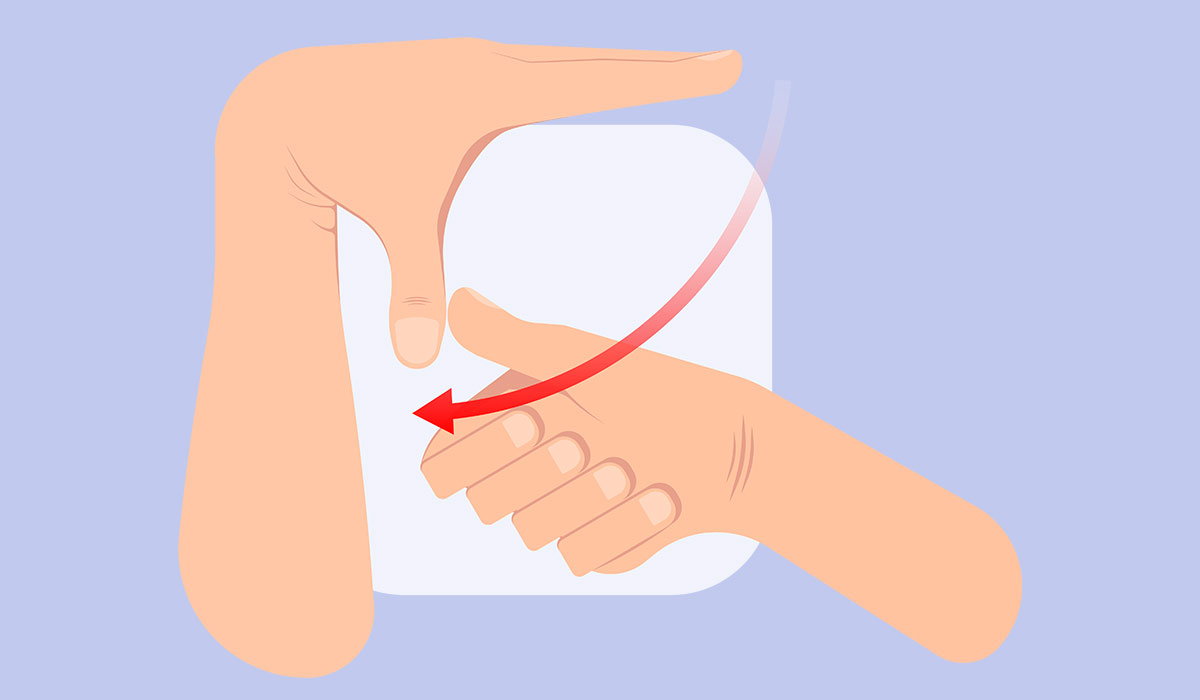
Ehlers-Danlos Syndrome is a group of diseases with a genetic basis. Learn all the symptoms associated with EDS. Find out… read more »
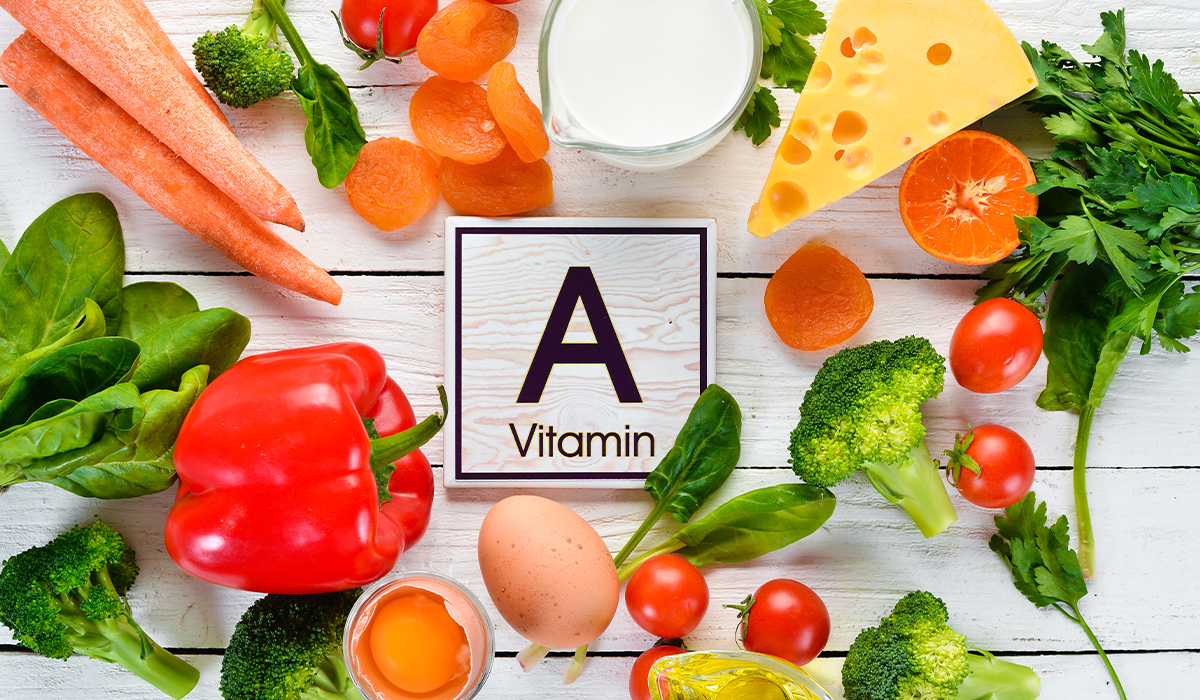
Vitamin A is one of the substances necessary for the proper functioning of the human body. Learn about its health… read more »
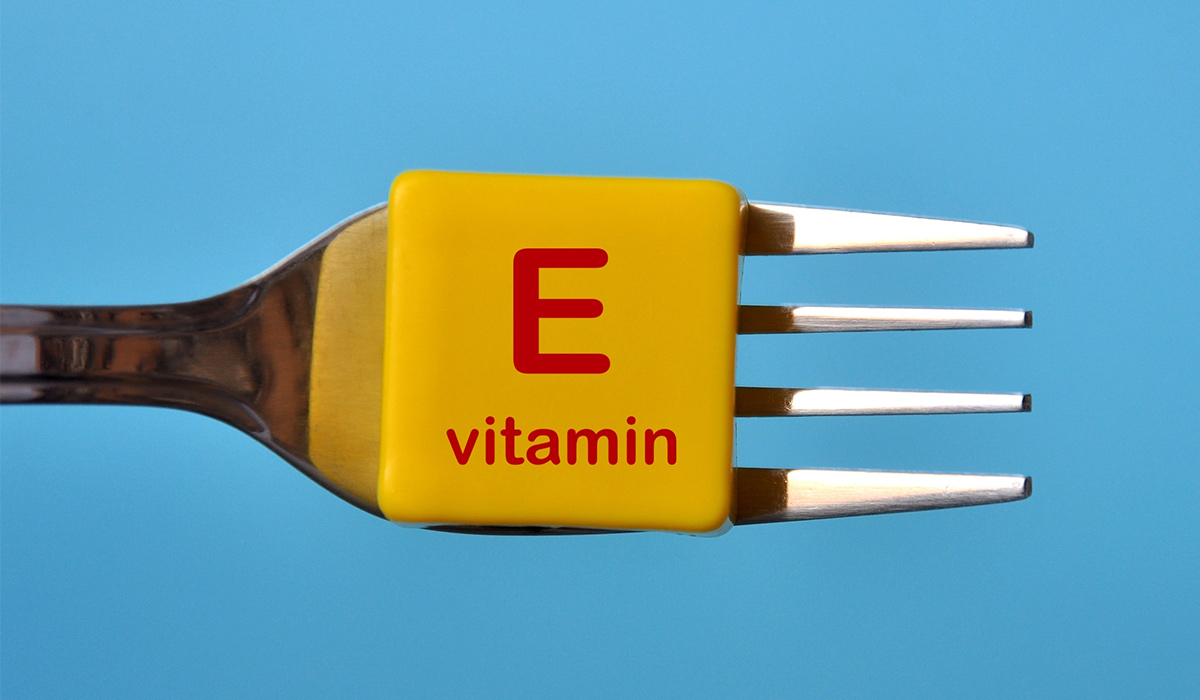
Vitamin E is a nutrient that supports the body's most basic functions. It's essential for the skin, reproduction, vision, and… read more »

Vitamin C (ascorbic acid) is involved in processes in our bodies that provide correct functioning. Where you can find vitamin… read more »
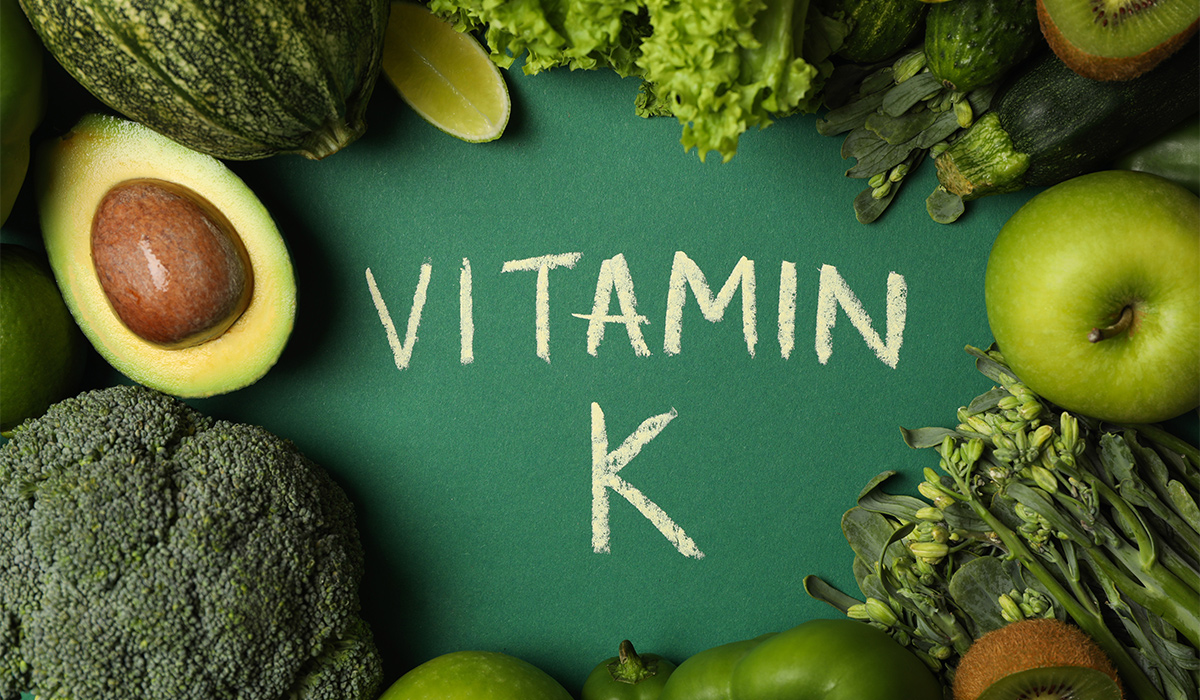
Vitamin K is a group of fat-soluble vitamins responsible for bone metabolism, blood clotting, and proper calcium levels. It is… read more »

Aplastic anemia is an uncommon blood condition where the bone marrow works improperly. Get to know the ways to identify… read more »

Scurvy is a disease caused by vitamin C deficiency. Its symptoms include bleeding gums, and treatment involves taking preparations with… read more »